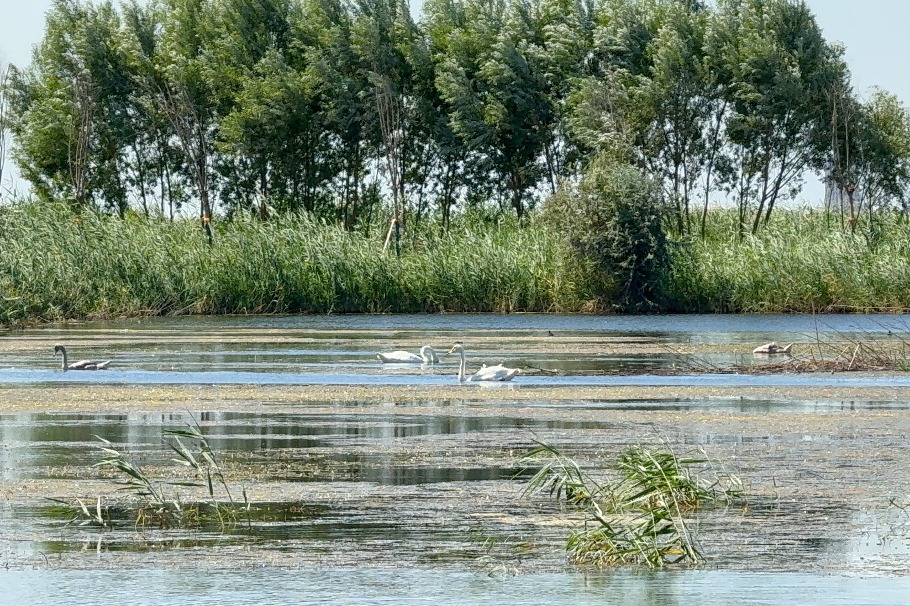Ancient fish fossil find places puzzling species among jawed vertebrates

A collaborative research team from China and Australia has uncovered crucial evidence that places the enigmatic prehistoric fish Palaeospondylus among jawed vertebrates, following the identification of a new and older species in Australia.
Fossils of Palaeospondylus, which resemble a strand of black thread with a knot at one end, were first discovered in Scotland in the 19th century. They date back to the Middle Devonian epoch, around 390 million years ago. As part of the new study, the team unearthed similar fossils in 400-million-year-old limestone in central Australia.
"The discovery of the Australian fossils indicates that Palaeospondylus had a much wider and earlier distribution than previously assumed, given that the two known localities were on opposite sides of the globe at that time," said Lu Jing, a researcher at the Institute of Vertebrate Paleontology and Paleoanthropology under the Chinese Academy of Sciences and corresponding author of the study.
Unlike thousands of Scottish specimens, which are complete but extremely compressed with skeletal elements fused together, the Australian fossils revealed a well-preserved three-dimensional braincase after acid treatment, Lu said.
Using high-resolution computed tomography and 3D reconstruction, the team was able to visualize the complete braincase structure of Palaeospondylus for the first time. It showed the presence of three semicircular canals — a feature considered strong evidence for identifying jawed vertebrates. This contradicts previous theories that classified the creature as a jawless species, similar to lampreys or hagfish.
Within the jawed vertebrate lineage — which includes cartilaginous fish and tetrapods — the study places Palaeospondylus as a sister group to cartilaginous fish, since the intracranial joint typical of tetrapods was absent in the specimens.
However, Lu cautioned that the Australian fossil record remains limited, and the evolution of early vertebrates is highly complex. She said more evidence is needed and proposed that the creature could ultimately challenge the existing framework of jawed vertebrate evolution.
The study was published this month in the journal National Science Review.
- China warns against escalating tensions on Taiwan question
- Book on Xi's views on strengthening, revitalizing armed forces published
- Yangzhou triumphs in 'Huaiyang derby' Suchao football match
- Extravehicular spacesuit of China's space station supports 20 EVAs
- Shenzhen hikers fined for typhoon trek
- China reports steady railway freight growth in first 7 months





































